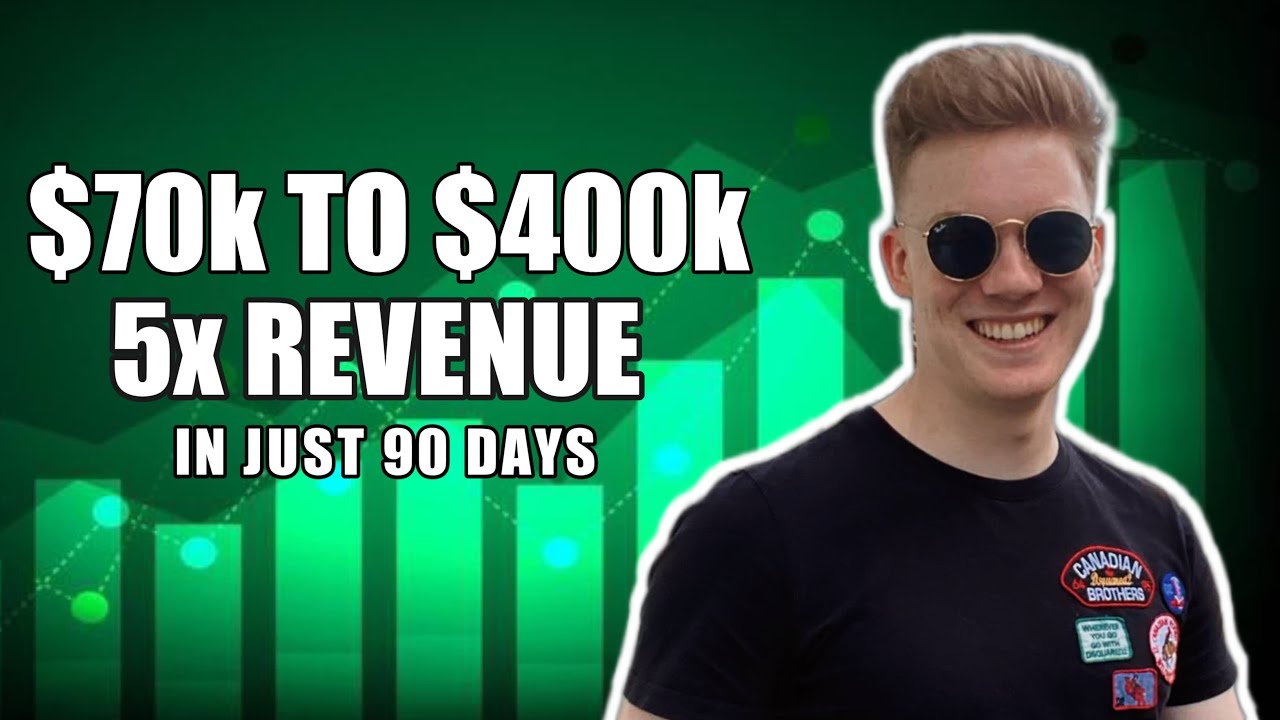eCommerce Google Ads For Supplements Brands (139% ROAS increase)
Summary
TLDRIn this video, the speaker outlines a successful Google Ads strategy that led a weightlifting supplements brand to achieve a 139% increase in ROAS and a 198% revenue growth in just 30 days. The approach tackled significant challenges, including language barriers and Google Merchant Center restrictions. Key tactics included optimizing product feeds, refining audience targeting, and leveraging first-party data. The account structure focused on a full-funnel strategy, employing A/B testing and scaling winning campaigns to enhance performance over time. The speaker encourages e-commerce brands facing growth challenges to seek professional assistance for improving profitability on Google Ads.
Takeaways
- 😀 The Google Ads strategy generated a 139% increase in ROAS and a 198% increase in revenue within the first 30 days.
- 😀 The campaign budget ranged from $30,000 to $50,000 per month, focusing solely on Google Ads for a weightlifting supplements brand.
- 😀 Challenges included restrictions in Google Merchant Center, particularly due to 'personal hardship' policies, and issues with product pricing in website schema.
- 😀 A manual supplemental feed was created to optimize product titles and descriptions, improving keyword targeting.
- 😀 The account structure followed a full funnel approach, categorizing campaigns into top, middle, and bottom funnel strategies.
- 😀 Performance Max campaigns were utilized for broader keyword targeting and to automate ad placements across different channels.
- 😀 A/B testing was conducted to evaluate the effectiveness of different asset groups and ad formats.
- 😀 Audience signals were narrowed down to the top 5 to 10 relevant audiences, maximizing search relevance.
- 😀 First-party data from the CRM helped differentiate new customers from existing ones for targeted marketing.
- 😀 Continuous optimization involved reviewing successful ad copy and scaling winning campaigns to enhance performance.
Q & A
What was the percentage increase in ROAS achieved in the first 30 days of running the Google Ads campaigns?
-The Google Ads campaigns generated a 139% increase in return on ad spend (ROAS) within the first 30 days.
What was the percentage increase in revenue for the weightlifting supplements brand in the same period?
-The campaigns resulted in a 198% increase in revenue in the first 30 days.
What budget range was used for the Google Ads campaigns?
-The budget for the Google Ads campaigns ranged from $30,000 to $50,000 per month.
What were the main challenges faced when working with the German weightlifting supplements brand?
-The main challenges included limitations in the Google Merchant Center due to personal hardship, schema issues with incorrect product pricing, and language barriers since the ads were in German.
How did the team address the issues with the Google Merchant Center?
-They created a manual supplemental feed to optimize product titles and descriptions and worked closely with the web developer to fix schema issues.
What approach was taken for the account structure in the Google Ads strategy?
-The account structure followed a full funnel approach, focusing on demand generation campaigns for the top of the funnel, with structured asset groups for both high and low demand products.
What is the 80/20 revenue principle mentioned in the video?
-The 80/20 principle states that 80% of revenue comes from 20% of products, which was used to structure the campaigns by placing top-performing products into higher demand campaigns.
What type of testing was performed to optimize the campaigns?
-The team conducted A/B testing between full asset groups (including ad copy, images, and videos) and a feed-only approach.
What audience targeting strategy was implemented in the campaigns?
-The audience targeting strategy involved limiting the selection to 5-10 highly relevant audiences and incorporating first-party data from the CRM to better differentiate between new and existing customers.
How did the team plan to improve performance month over month?
-The team planned to review and optimize ad copy, scale successful asset groups into separate campaigns, and conduct regular A/B testing to drive incremental improvements.
Outlines

This section is available to paid users only. Please upgrade to access this part.
Upgrade NowMindmap

This section is available to paid users only. Please upgrade to access this part.
Upgrade NowKeywords

This section is available to paid users only. Please upgrade to access this part.
Upgrade NowHighlights

This section is available to paid users only. Please upgrade to access this part.
Upgrade NowTranscripts

This section is available to paid users only. Please upgrade to access this part.
Upgrade NowBrowse More Related Video

Copy This Facebook Ads Strategy, It'll Blow Up Your Business

Window Tint Advertising | Window Tint Ads | Car Window Tint Advertising | Tint Marketing

I Fixed This Facebook Ad Account In 2 Weeks!

4ヶ月で売上10倍にした『成功者のルール』

How I Scaled a Setter Department 5x in Just 90 Days: My 4-Step Process

Dropping the Gems (Most Powerful Manifestation Technique) For Free
5.0 / 5 (0 votes)